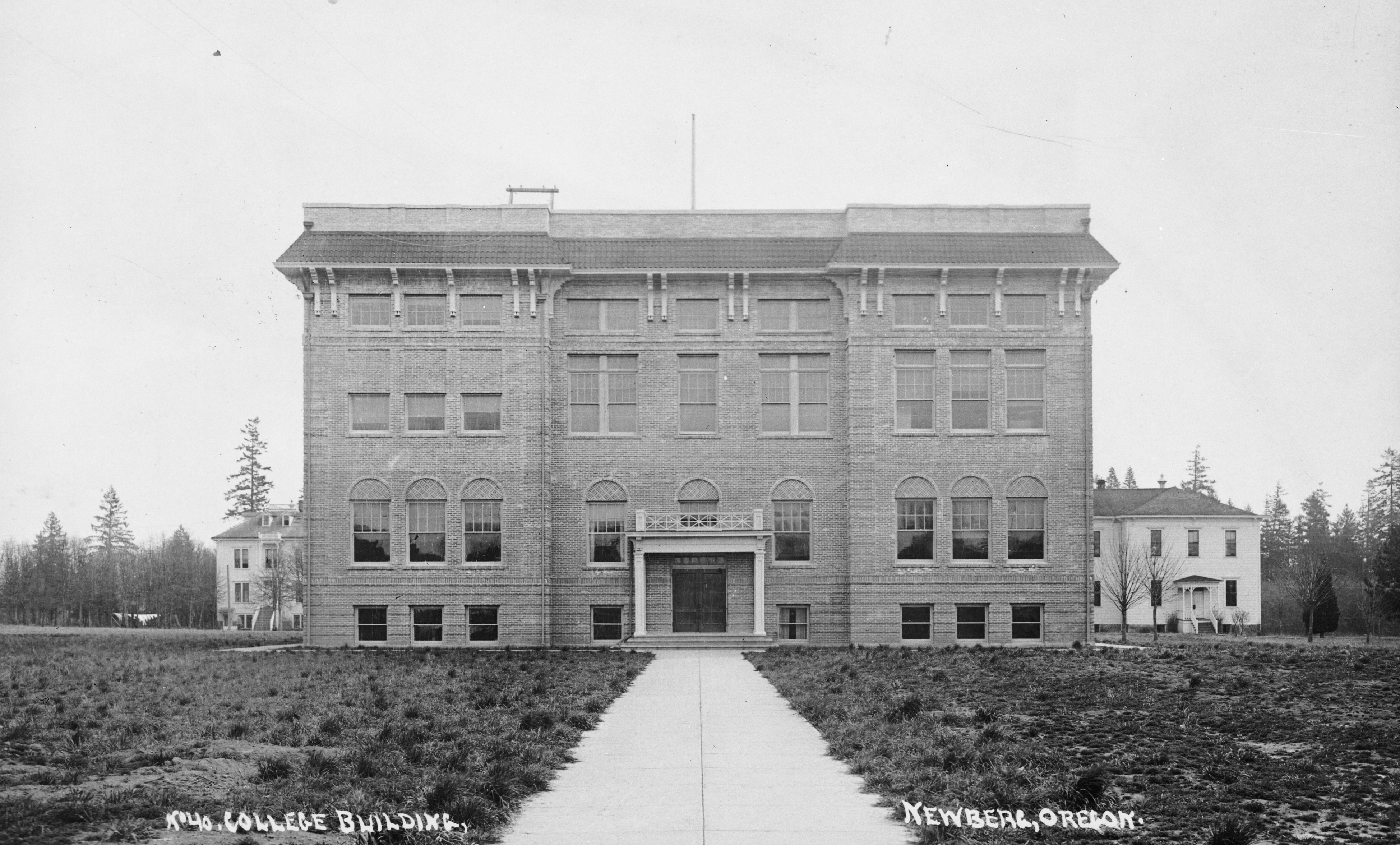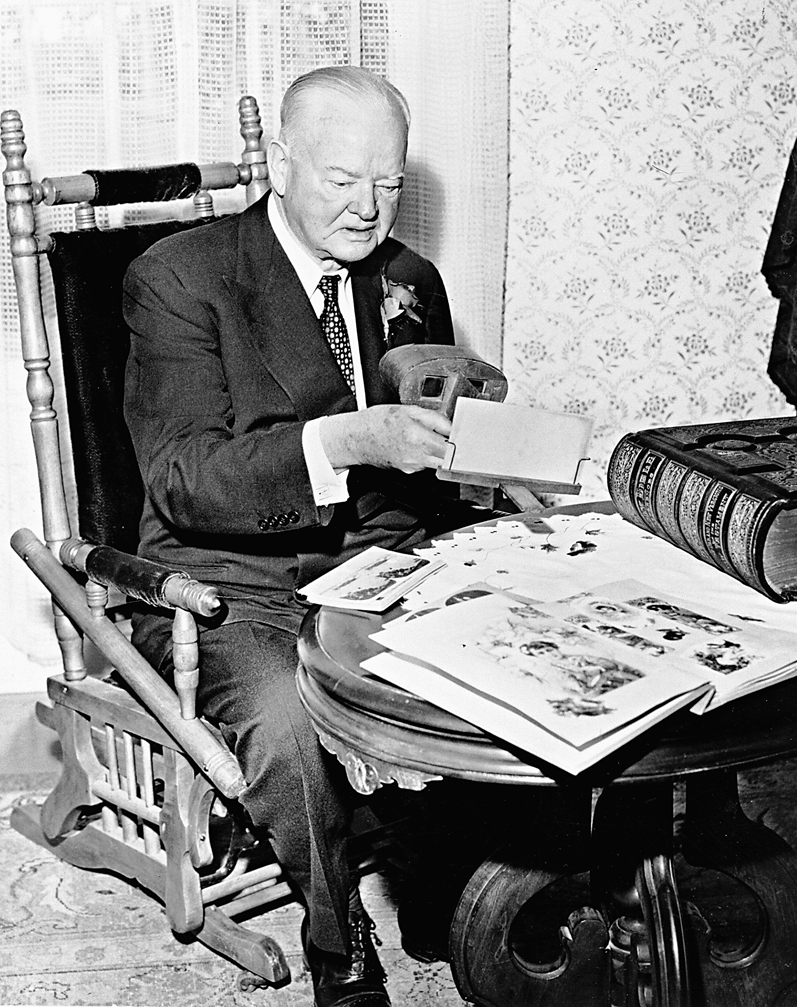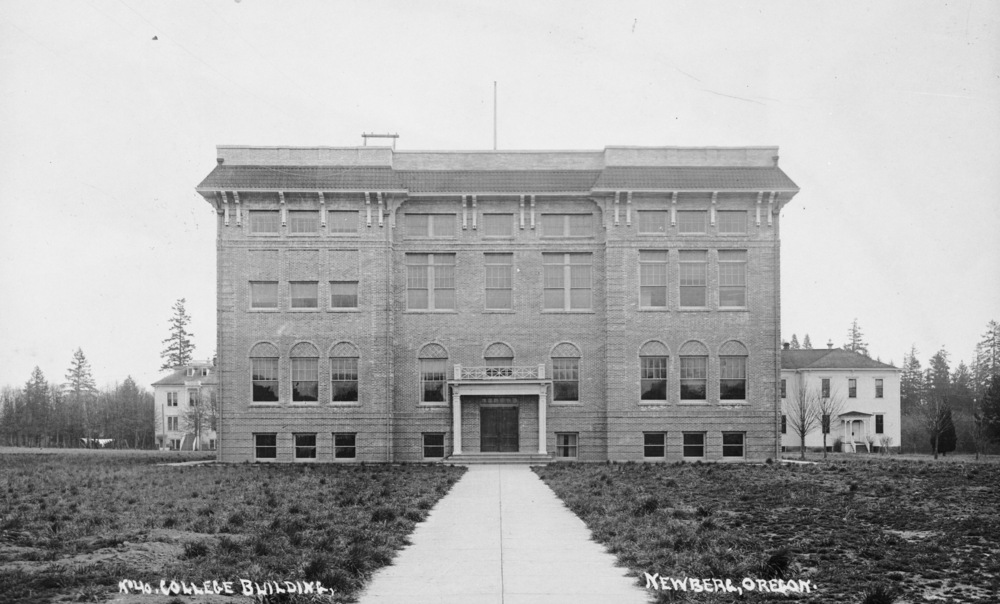George Fox University’s roots reach to 1885 and the founding in what is now Newberg of Friends Pacific Academy, with future President Herbert Hoover one of its original nineteen students. The school was expanded in 1891 with the addition of Pacific College, which enrolled nine students the first year. Financial challenges caused the academy to be discontinued in 1929. The college was renamed George Fox in 1949 after the seventeenth-century British leader of the Society of Friends movement (the Quakers). The university designation was made in 1996, shortly after the school began offering graduate degrees.
George Fox was founded by, and continues to be affiliated with, Christ-centered evangelical Friends. Nearly a third of the professors, although less than 10 percent of the undergraduate students, are Quakers. All professors and most students are practicing Christians.
Student enrollment remained under 100 until 1933; it first reached 200 in 1962, topped 400 in 1969, and totaled 736 in 1980. A primary growth factor was accreditation by the Northwest Association of Schools and Colleges in 1959. This was made possible by the college’s academic advancement and financial support from members of the parent organization, then known as Oregon (now Northwest) Yearly Meeting of Friends Church, which worked to pay off a $144,000 debt. President Milo Ross, a former Friends pastor, led the way. The Council of Financial Aid to Education reported that Oregon Yearly Meeting’s $8.76 per member contribution more than doubled any other denomination’s aid to its college. The American Association of Colleges called it “the best debt liquidation drive in the United States.”
George Fox has distinguished itself in many ways over the decades. During World War I, for example, it was the only college in Oregon to continue teaching German; and in the early months of World War II, Professor Edwin A. Sanders was sentenced to a year in a work camp for refusing to register for the military draft. During the Great Depression, the faculty requested and received a 10 percent salary reduction, and each September since 1999 the campus has closed for a “Serve Day” so students and faculty can contribute to the community.
Approximately two-thirds of George Fox students take part in an international study experience, and since 1991 every freshman student has been given a free computer. For ten years, beginning in 1996, former Oregon governor and U.S. senator Mark O. Hatfield taught classes at George Fox. In 2000, Dwight Kimberly, a George Fox graduate and biology professor, was named Oregon’s professor of the year.
In its 2009-2010 ranking of “America’s Best Colleges,” Forbes magazine named George Fox the best Christian college in the nation and ranked it fifty-eighth among all colleges and universities. The school has also distinguished itself in sports, winning two national NCAA Division III sports championships in the first decade of the twenty-first century: baseball in 2004, and women’s basketball in 2009 (with a 32-0 record).
By 2010, about 2,000 students were enrolled in George Fox's undergraduate programs (120 from outside the United States), and the graduate and seminary programs enrolled an additional 1,400, making it the third-largest private college in Oregon. The university holds classes on a 109-acre campus in Newberg and also in Portland, Redmond, Salem, and Boise, Idaho. George Fox offers more than forty undergraduate majors, eight master’s degrees, three doctorates, and five seminary degrees. The largest graduate programs are in business, education, counseling, and psychology.
George Fox's presidents have included Thomas Newlin (1891-1900), H. Edwin McGrew (1900-1907), W. Irving Kelsey (1907-1910), Levi T. Pennington (1911-1941), Emmett W. Gulley (1941-1947), Gervas Carey (1947-1950), Paul Parker (1950-1952), Milo Ross (1954-1969), David LeShana (1969-1982), Edward F. Stevens (1983-1997), David Brandt (1998-2007), and Robin Baker (2007-present).
-
![Early photo of George Fox College.]()
George Fox College, bb005778.
Early photo of George Fox College. Oreg. Hist. Soc. Research Lib., bb005778
Related Entries
-
Herbert Hoover in Oregon
Herbert Hoover, the thirty-first president of the United States, spent …
-
![Newberg]()
Newberg
Newberg, the second largest city in Yamhill County, is located about a …
-
![Quakers in Oregon]()
Quakers in Oregon
Quakerism as a religious denomination came to Oregon in the 1870s, when…
Map This on the Oregon History WayFinder
The Oregon History Wayfinder is an interactive map that identifies significant places, people, and events in Oregon history.
Further Reading
Beebe, Ralph. A Heritage to Honor, A Future to Fulfill: George Fox College 1891-1991. Newberg, Ore.: The Barclay Press, 1991.
George Fox University. www.georgefox.edu.




